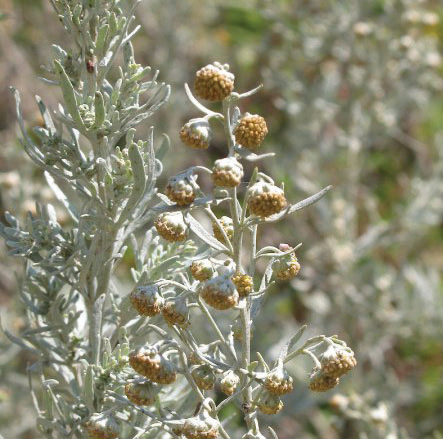PLANT SCIENTISTS AT the University of York, in the UK, have published the first genetic map of the medicinal herb Artemisia annua. The map is being used to accelerate plant breeding of Artemisia and rapidly develop the species into a high-yielding crop.
This development is urgently needed to help meet escalating demand for effective malaria treatments.Though preventable and treatable, malaria is a serious global health problem, estimated to kill almost a million people every year. The most effective drugs for treating malaria are Artemisinin Combination Therapies (ACTs).
Increased funding for malaria treatments means demand for ACTs is expected to double from last year’s figures, to around 200mn treatments, by 2012. However, meeting this increased demand will be a challenge: artemisinin is extracted from the plant Artemisia annua, but yields are low, making production expensive. In recent years, Artemisia production has been uneconomic and planting areas have declined, raising fears of shortages Using molecular technologies Plant scientists at the Centre for Novel Agricultural Products (CNAP) in the Department of Biology at the University of York are addressing this problem by using molecular technologies to rapidly improve the Artemisia crop. In the latest issue of Science, they publish the first genetic map of this species, plotting the location on the plant’s genome of genes, traits and markers associated with high performance.
This will enable scientists to recognise young plants as high performers from their genetics. It will also inform the selection of suitable parent plants for breeding experiments. The map has been validated in glasshouse experiments that found the top-performing plants had elevated frequencies of genetic indicators for high yield. The project is led by Professor Dianna Bowles and Professor Ian Graham. Professor Graham says “The map is already proving to be an essential tool for us. “With our new understanding of Artemisia genetics, we can produce improved, non-GM varieties of Artemisia much faster than would otherwise be possible.”
This speed is essential.“We intend to get high-yielding seed to farmers in the next 2-3 years in order to supply soaring demand for malaria treatments,” explains Professor Dianna Bowles. “This is a really tight deadline and we can only do it with the benefit of the new knowledge provided by the map. The work demonstrates how modern genetics is shortening the timescales needed to turn a wild plant species into a domesticated crop.The scientists at York are creating the new varieties for use by many thousands of small scale growers in the developing world, for whom the Artemisia crop is an important source of income. The project has just received its second grant from the Bill & Melinda Gates Foundation. This grant will support final development of the new varieties and their delivery to Artemisia producers in Africa and Asia.








